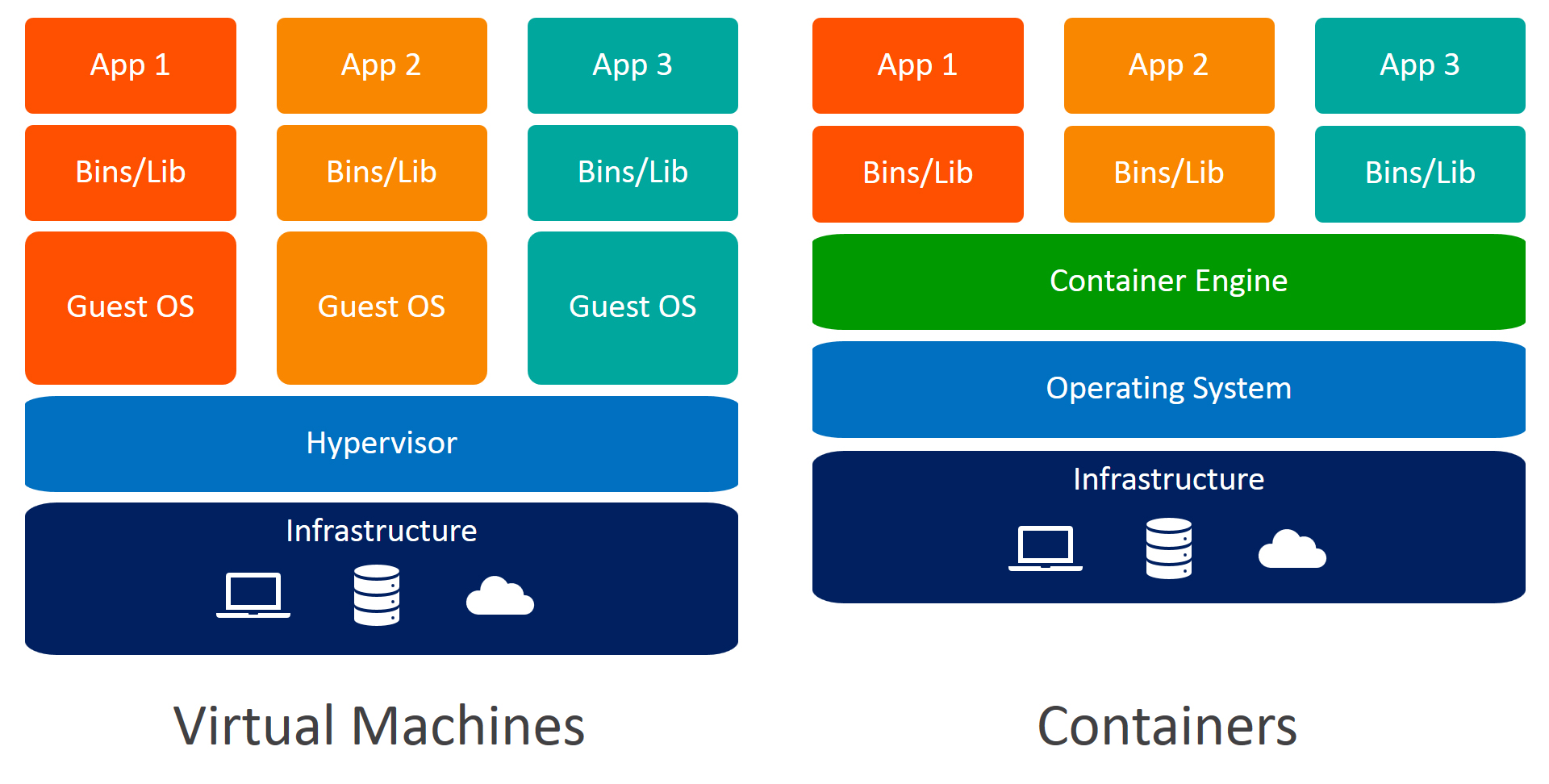
If you’ve ever watched Severance on Apple TV, you know that it’s a very interesting and addictive show that explores the concept of “severance” — a procedure that separates your work-life memories from your personal memories 🧑💼💼
But have you ever thought about how Severance could be compared to virtualisation techniques? 🤔 Let’s do an interesting comparison between the human mind and computer systems together, using concepts like partitioning and virtualisation 🚀
🛑 Please note, this blog may contain spoilers of the Severance TV show! 🛑👩🏻🚀
What is Severance? 🤯
In Severance TV Show, people undergo a procedure where their memories are split into two or more completely separate selves: one for work and one for their personal life. Each self has no idea about the other! 🧠💔 This is so that Lumon company can ensure the privacy of what happens at work.
When you are at work, you are completely focused on work and have no re-collection of your life outside. When you leave the office, it’s like a reset button 🧬, and your personal self wakes up, completely unaware of what happened at work.
Watching this show got me thinking: “Could Severance be compared to Virtual Machines? 🤖”
Virtual Machines: The Computer’s Version of Severance 🖥️
A virtual machine (VM) is like an isolated computer that runs on a host machine. Think of it as a “self-contained” environment where each VM has its own operating system, files, and memory. While these virtual systems exist on the same physical machine (host), they operate independently, and can’t communicate with each other unless specifically told to 🧑💻🔒
The work self (the “innie”) is like a virtual machine (VM) that runs within the same body (host) but operates in an isolated environment. Just like a VM has its own set of files, processes, and resources, the work self has a separate “set” of memories and experiences, confined only to the work environment. It’s completely unaware of the personal self (the host) and operates independently.
There’s also a possible additional type of self, like when you’re at the dentist or the hospital 👩🏻🔬. This situation is like another virtual machine running — it’s another environment that your mind switches to. This self is also aware of the current situation (such as being at the dentist) but doesn’t share memories with the work or personal selves.
To summarise 🎈:
- The personal self: the host machine
- The work self: a virtual machine (VM) (separate, unaware of the personal self, isolated within the work environment).
- The dentist/hospital self 🏥: another VM (isolated and running independently, but not interacting with the personal or work selves).
In this setup, all of these “isolated selves” are running on the same “hardware” (your body), but each one operates in its own isolated environment — never overlapping or sharing experiences, just like different virtual machines on a single computer. 🖥️
1. Why Severance Is Less Like Containers 🛑

When we think of containers in the tech world, it’s important to note that they are much more lightweight and flexible than virtual machines. Containers share a single operating system and kernel, while still providing isolated environments for applications. This means that containers can interact with each other much more freely and share resources.
However, in Severance TV show: the separation between the work-self (“innie”) and personal-self (“outie”) is far more rigid and absolute. The innies have no memory of their personal lives, and the outies have no idea what’s happening at work. There’s no “shared kernel” or overlap in experiences, making the comparison to containers less fitting.
Unlike containers, where multiple applications share and interact in a shared space, the severed selves in Severance operate with complete isolation and no communication between them. The work-self and personal-self in the show are closer to VMs, where each environment is fully independent, with no shared experiences, memory, or resources between them 🧑💻💥
To learn more about the comparison between VMs and containers, please read more 👒 here 🌈🐳🐋
2. Virtualisation: Operating Independently, but on the Same System 🖥️
Imagine running multiple virtual machines (VMs) on your computer. Each VM operates independently, with its own set of resources (CPU, RAM, etc.), yet they all share the same physical hardware. This is similar to how work-you and personal-you in Severance operate — each “self” is isolated, with no memory or awareness of the other, even though both are housed within the same body! 💼🏠
VMs are like separate operating systems within a single machine. They each believe they are their own independent system, but they all rely on the same hardware resources. Similarly, in Severance, each self operates in isolation, unaware of the other’s existence — just like how a VM is unaware of the other VMs on the host machine.
However, just as running too many VMs can slow down a computer or cause it to crash, repeated severances can overload the human mind. The more “virtual selves” you create, the greater the risk of identity crises, memory loss, or even a full breakdown. 😔
3. Hardware Limits: When the System Reaches It’s Breaking Point 💔
Both computers and minds have physical limits — there’s only so much memory, processing power, and storage available. When a system is overloaded, it will inevitably crash or fail. 🖥️💣
For a computer, running too many VMs can overwhelm its hardware, causing system errors or crashes. Similarly, the human brain, like a computer, has finite processing power. Repeated severance can push the brain past its limits, resulting in mental collapse. The more “partitions” you create in the mind, the more vulnerable it becomes. 🧠💔
Why More Organisations Are Moving Toward Containers 🐳🐋
While VMs are great for creating fully isolated environments, they come with higher overhead and less flexibility. Many organisations are switching to containers for more efficient resource use, faster performance, and easier scalability. Containers are lighter and more portable, making them an attractive choice for cloud-based applications.
However, while containers provide more flexibility, they also require careful management. If containers are poorly isolated or too many containers are running on a single host, it can lead to performance degradation or even fatal crashes — much like how too many “selves” in Severance could overload the human mind.
Final Thoughts 😁
In summary, VMs offer complete isolation, much like the work and personal selves in Severance. Containers, while more efficient and flexible, allow for more data sharing and interaction — which is not what happens in Severance. As more organisations move toward containerised environments, they need to balance the flexibility and efficiency of containers with the potential risks of resource overload, much like balancing overall well-being in the world of Severance.
The next time you watch Severance and wonder how far the severance can go, think of it like a computer’s virtual machines 😉. However, I wonder if the mind can handle more severance, or is it going to crash like a computer?